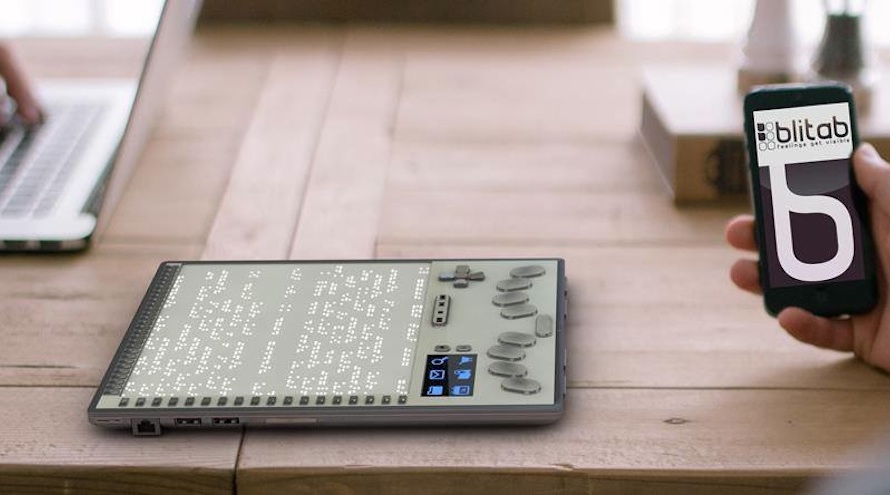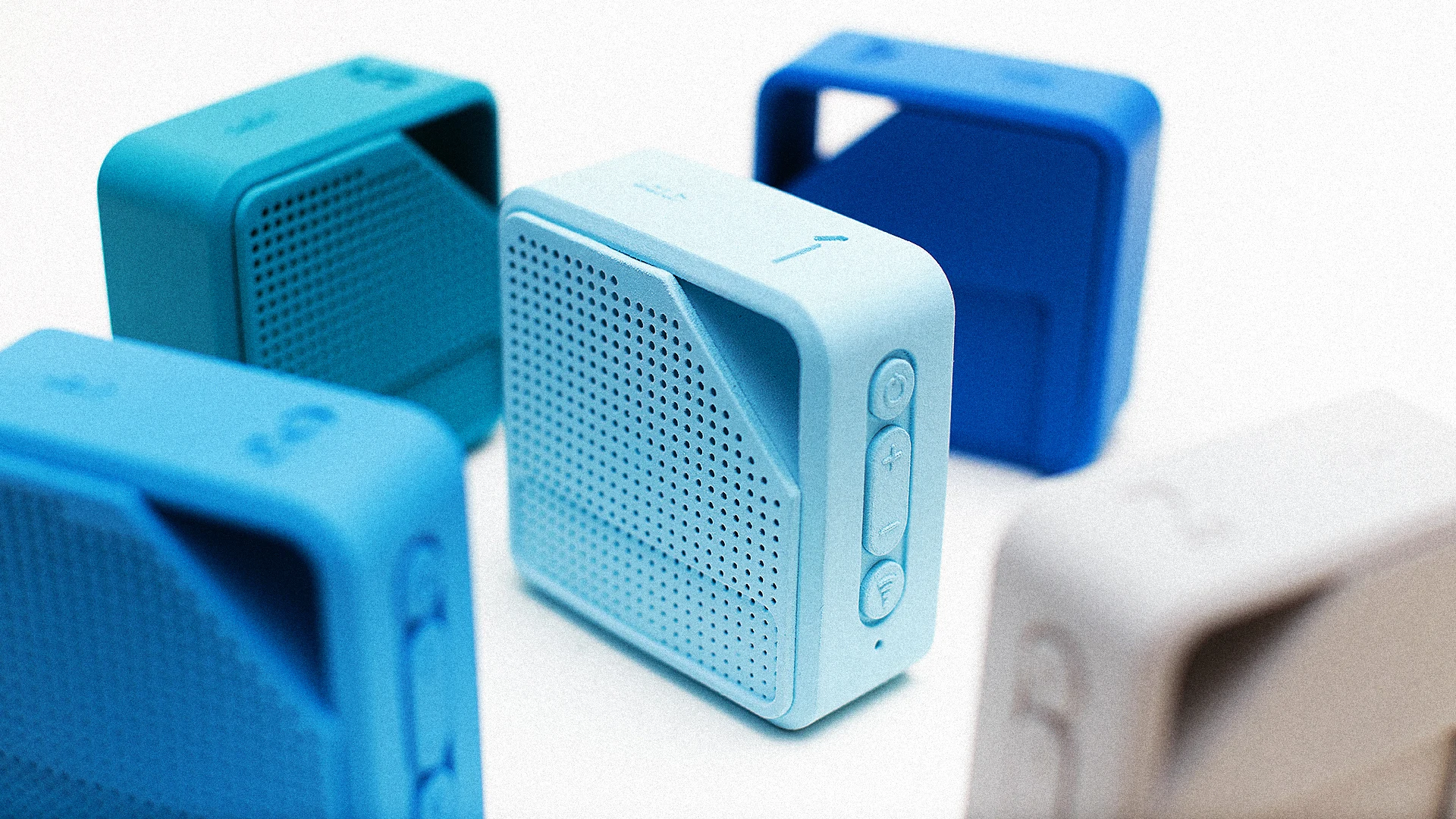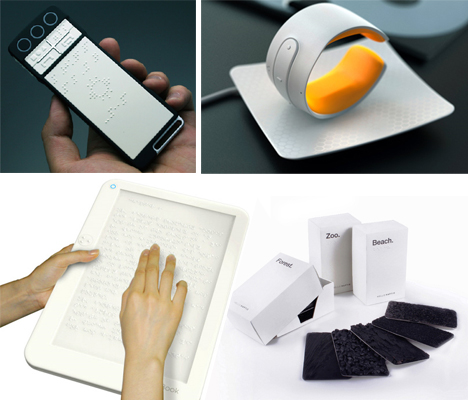Wearable Technology for Low Vision: Making Daily Life Easier
Wearable Technology for Low Vision: Making Daily Life Easier
Blog Article
Empowering Independence With Assistive Technology for the Blind
The integration of assistive innovation into the lives of individuals with visual impairments represents a substantial innovation in advertising freedom and self-sufficiency. From cutting-edge display visitors to innovative wise walking canes, these tools not only boost day-to-day navigation and communication but additionally encourage individuals to engage meaningfully in numerous elements of life. As we explore the myriad advantages and real-world applications of these innovations, it ends up being important to take a look at the underlying elements that add to their effectiveness and the possibility for future advancements in this vital area.
Summary of Assistive Innovation

The development of assistive innovation is grounded in principles of inclusivity and empowerment. Advancements in software application, hardware, and sensory enhancements supply users with options customized to their particular needs. From display visitors that transform text to speech, to responsive devices that convey information via touch, these devices transform the means individuals engage with their environments.
Along with sensible applications, assistive technology cultivates better social addition and participation in numerous markets, including education and learning and employment (Screen readers for the blind). As research and advancement remain to develop, the capacity for assistive modern technology to even more boost the lives of aesthetically impaired individuals remains appealing, leading the way for a more equitable society where everybody can grow
Sorts Of Assistive Gadgets
A variety of assistive tools have actually arised to sustain individuals with visual impairments, each developed to satisfy specific requirements and boost everyday functioning. These tools vary from low-tech services to sophisticated advancements, providing diverse choices for users.
Low-tech gadgets include magnifiers and large-print materials that assist in reading and writing. Braille devices, such as Braille slates and styluses, make it possible for responsive analysis and interaction. Alignment and mobility help, like white walking canes, help customers navigate their setting securely.
On the greater end of the spectrum, electronic zoom systems and screen visitors use significant support. Electronic magnifiers allow individuals to expand message and pictures on screens, while display readers convert digital content right into manufactured speech, promoting accessibility to details on smartphones and computer systems.
Smartphone applications likewise play a vital role, supplying features like message acknowledgment and navigating aid. Wearable technology, such as wise glasses geared up with augmented truth, is arising as a promising tool to boost situational understanding.
Advantages of Assistive Innovation
The assimilation of assistive innovation significantly improves the lifestyle for people with visual disabilities. These technologies empower users by advertising independence, enabling them to navigate their atmospheres more effectively and carry out day-to-day jobs with higher ease. For example, screen visitors and zoom software allow people to accessibility digital details, cultivating professional and educational opportunities that might have formerly been out of reach.
Moreover, assistive gadgets such as clever walking sticks and general practitioners applications supply real-time navigating aid, improving movement and security. This enhanced freedom not only boosts self-worth however also motivates social interaction, enabling customers to get involved even more totally in their areas.
Assistive modern technology also facilitates interaction, helping users get in touch with others via voice acknowledgment and text-to-speech applications. This capability is crucial for preserving partnerships and accessing essential info.
Furthermore, the customization options readily available with several assistive modern technologies ensure that customers can customize tools to their specific demands, further enhancing usability and efficiency. Generally, the benefits of assistive modern technology for people with visual disabilities are extensive, promoting a Discover More more inclusive society where everyone can pursue their desires and goals.
Instance Research Studies and Success Stories
Highlighting the transformative influence of assistive innovation, countless case studies show exactly how people with visual impairments have actually successfully integrated these devices into their day-to-days live. One engaging instance includes a college student that used display reading software program to browse scholastic products and on-line sources properly. This technology not only optical eyeglasses facilitated her education and learning yet additionally enhanced her self-confidence in taking part in discussions and group tasks.
Another study includes an expert that utilizes a smartphone application made for navigating and item acknowledgment. By utilizing this application, he has restored autonomy in both his individual and work environments, permitting him to commute separately and involve with coworkers more effectively.
In addition, a retired person shared her experience with braille official website e-readers, which enabled her to access a large array of literary works and stay linked with her area via book clubs.
These success stories underscore the crucial function of assistive innovation in fostering independence, improving top quality of life, and advertising social assimilation for individuals with aesthetic problems (Wearable technology for low vision). By embracing these cutting-edge tools, users can overcome obstacles and confiscate possibilities that add to their expert and individual satisfaction

Future Fads in Assistive Technology
Advancement in assistive innovation is positioned to redefine the landscape of support for people with aesthetic problems. Arising patterns emphasize the combination of expert system (AI) and artificial intelligence, which boost the performance of gadgets that help with navigating and information ease of access. AI-driven applications are currently capable of translating visual data in real-time, allowing users to engage with their environment more independently.
Furthermore, the development of wearable technology is advancing quickly. Smart glasses equipped with increased fact (AR) can offer audio summaries of environments, changing how customers interact with public areas. These tools not only advertise freedom yet also foster social inclusion.
Furthermore, the Internet of Points (IoT) is making homes smarter, permitting for smooth connectivity in between assistive tools and daily devices. This connectivity equips customers by making it possible for voice-activated controls and automatic reactions customized to private requirements.
Conclusion
To conclude, assistive innovation plays a critical duty in equipping people with visual disabilities by enhancing their self-reliance and involvement with their surroundings. The varied variety of tools and applications offered not only assists in navigating and communication however also advertises social combination and possibilities for personal and specialist development. As developments proceed in this field, the possibility for improving the top quality of life for those with visual disabilities will increase, cultivating greater freedom and empowerment.

Report this page